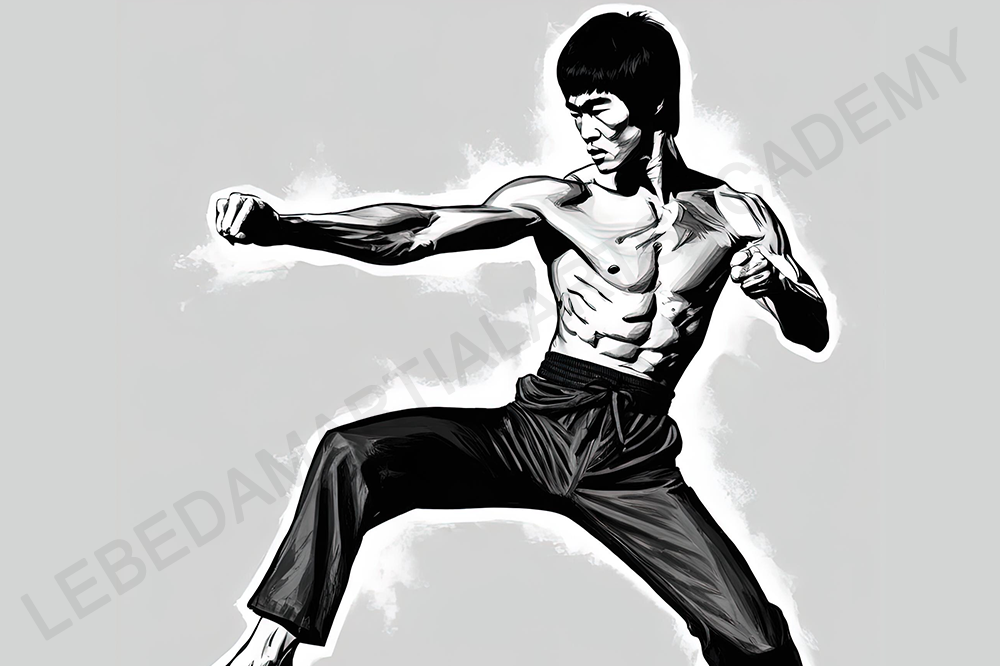Reaching black belt is often seen as a milestone-an entry into advanced training, new techniques, and higher-level katas. But when I earned my first black belt, I realized that progression wasn’t just about learning new forms. Instead, I went back to refine the very katas I had practiced as a beginner. Before moving forward, I had to revisit where I started.
Tai Kyoku Shodan: More Than a Beginner’s Kata
Tai Kyoku Shodan (First Cause, Grand Ultimate) is also known as the Beginning of Great Things-a name that carries deeper meaning when viewed from a black belt’s perspective. Although it is introduced at the white belt level, it remains a crucial part of training even at higher ranks. Although it’s a white belt kata for a white belt student, as we advance, we must refine and improve it. A black belt practicing Tai Kyoku, Heian or Tekki is no longer doing a beginner’s kata, it has evolved into a black belt’s kata. Change your perspective, and you’ll see the difference.
Why Black Belts Should Keep Practicing Beginner Katas
- Fundamentals Never Stop Mattering: No matter how advanced one becomes, the core principles remain the same- stance, balance, breathing, timing, and power. Beginner katas strip away complexity, forcing a practitioner to focus purely on these fundamentals. A black belt who refines Tai Kyoku Shodan or Heian Nidan isn’t practicing a “basic” kata; they are perfecting their karate itself.
- Relearning with a New Perspective: As beginners, we often follow the steps of each kata, focusing on memorization. But as black belts, when we return to them with a new mindset, analyzing each movement, correcting small details, and applying a deeper level of control, what once seemed simple will feel like a test of precision.
- Application and Bunkai at a Higher Level: The deeper one studies beginner katas, the more they will understand their hidden applications. Straightforward movements will reveal new possibilities: blocks will become counters, transitions will turn into preparations, and the angles of attack will become more obvious. A black belt must see beyond the surface, recognizing the layers within even the most basic sequences.
- Strong Foundations Lead to Stronger Advanced Katas: Advanced katas build on what came before. If there are flaws in a black belt’s stance, posture, or breathing, they will carry over into higher-level forms. By refining beginner katas, one ensures that more complex movements are executed with proper mechanics, efficiency, and techniques.
- Karate Is a Lifelong Process: Karate is not merely about adding new techniques- it’s about deepening one’s understanding. A black belt isn’t the final destination; it’s a milestone in an ongoing journey. By continuing to practice beginner katas, we reinforce the mindset that growth doesn’t come from moving beyond something, but from continuously refining.
A Black Belt’s Responsibility to the Basics
Earning a black belt isn’t just a recognition of what you’ve learned; it’s a reminder of the importance of mastering the fundamentals. As a black belt, the focus must shift from accumulating new techniques to deepening your mastery of the basics. Beginner katas, often seen as simple, become powerful tools for refining precision, control, and technique.
Rather than abandoning what was once learned, a black belt must embrace these foundational movements to continually sharpen their skills, ensuring that every detail is executed with purpose.
“I fear not the man who has practiced 10,000 kicks once, but I fear the man who has practiced one kick 10,000 times.” -Bruce Lee

